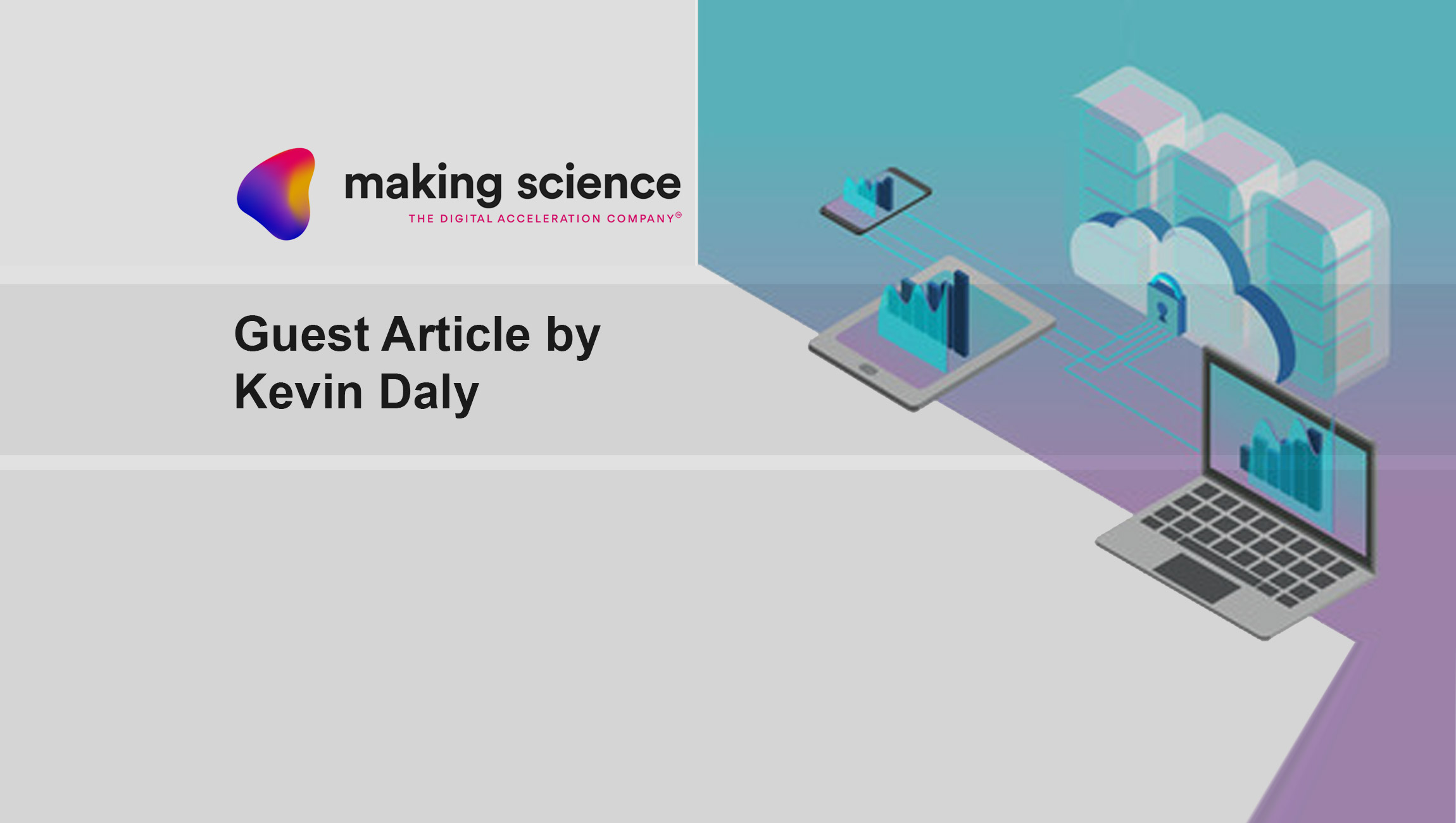Data privacy is reshaping the digital advertising landscape in many ways. As governments make policy changes, big tech companies respond Data privacy is reshaping the digital advertising landscape in many ways. As governments make policy changes, big tech companies respond with guardrails, marketers scramble to adjust, and consumer demands for control over their data keep getting louder. So with high-quality data at a premium, the ways in which marketers collect, store, and leverage such data matters more than ever before.
For marketers who want to make the most of their customer data practices in a privacy-first digital advertising landscape, turning to end-to-end analytics, customer data platforms, and value-based bidding with first-party data will be absolutely essential.
Marketing Technology News: MarTech Interview with Bob Ciccone, EVP of Corporate Development at NetBase Quid
End-To-End Analytics
Many customer journeys are initiated in a digital setting—a company website or online search—but the endpoint may be offline, through a call center, or a visit by an agent or representative. Yet the majority of these complete buying journeys are not visible across digital and offline channels. As a result, many businesses are missing out on key opportunities to optimize and efficiently manage their digital marketing investments.
For most businesses, the challenge is not a lack of high-quality customer data. The data exists; it just exists in two completely different data warehouses that are not connected. Effectively collecting and managing the end-to-end data begins with marketers collecting data from the online marketing world (something marketers have been doing for years). Nowadays, it’s possible for marketers to work with information technology professionals to connect digital and offline data through different systems, such as customer relationship management tools, enterprise resource planning platforms, and call center systems.
Ensuring that online and offline data is connected is the key to making the most out of the available customer data. The right end-to-end analytics system can efficiently bring the entire process together enabling new insights to create better audiences and customer segmentation.
Customer Data Platforms
Customer data platforms (CDPs) emerged just a few years ago, and the sheer volume of these tools has grown at an impressive rate. Companies now understand how to use CDPs and are leveraging such platforms to eliminate organizational silos and bring together the troves of first-party data that they’ve collected over the years to offer a 360-degree view of their customers. These platforms also represent a key piece of technology that provides the end-to-end analytical view that businesses need to successfully transition to a privacy-first world.
CDPs enable businesses to analyze their data at an individual customer level (hence the name customer data platform). They allow marketers to identify and address the distinct preferences of their customers, leading to more relevant and personalized advertising experiences (context-sensitive campaigns) and higher conversion rates. And they do so all while respecting current and ongoing calls for data privacy (as long as the data is collected in the right way).
Value-Based Bidding With First-Party Data
Value-based bidding moves us from a cost-per-focused bid strategy to a value or return-driven bidding strategy. This shift in strategy requires more first party data to be made available to the marketing analytics team. Once a company has successfully deployed its end-to-end analytics system and customer data platform, it can identify new opportunities to leverage its first party data to improve the results of its digital marketing investment while also improving the satisfaction of its customers and visitors. At Making Science we call this a win-win value-based bidding approach. Value-based bidding, also known as smart bidding, identifies the primary keyword and resulting ad group bids. This narrows the advertising focus and optimizes ads for conversions.
By applying data science and machine learning, marketers can determine the best data signals to inject into their digital marketing networks. The success of this process is dependent on the continuous collection of the right data (from the complete sales funnel and the complete customer journey), correlating the data, enriching the data, identifying the key signals, predicting signals, predicting the value to the business, and continuously activating the data into the digital marketing networks.
Companies that successfully execute this continuous analytics process will be able to provide customers with more personalized and relevant experiences. The overall customer experience will improve dramatically without violating users’ privacy and new customers will be a better fit with the overall business service or product offering. The high-level results will be better returns on ad spend, generated by nurturing higher-value customers.
These days, it’s necessary to guarantee the customer’s right to privacy and preference while, at the same time, guaranteeing the business the best value for every dollar spent in digital marketing. To key is to apply a proven methodology and set of technologies to turbo-charge the digital marketing network smart advertising capabilities of Facebook and Google.
Marketing Technology News: MarTech Interview with Kyle Lacy, SVP of Marketing at Seismic











